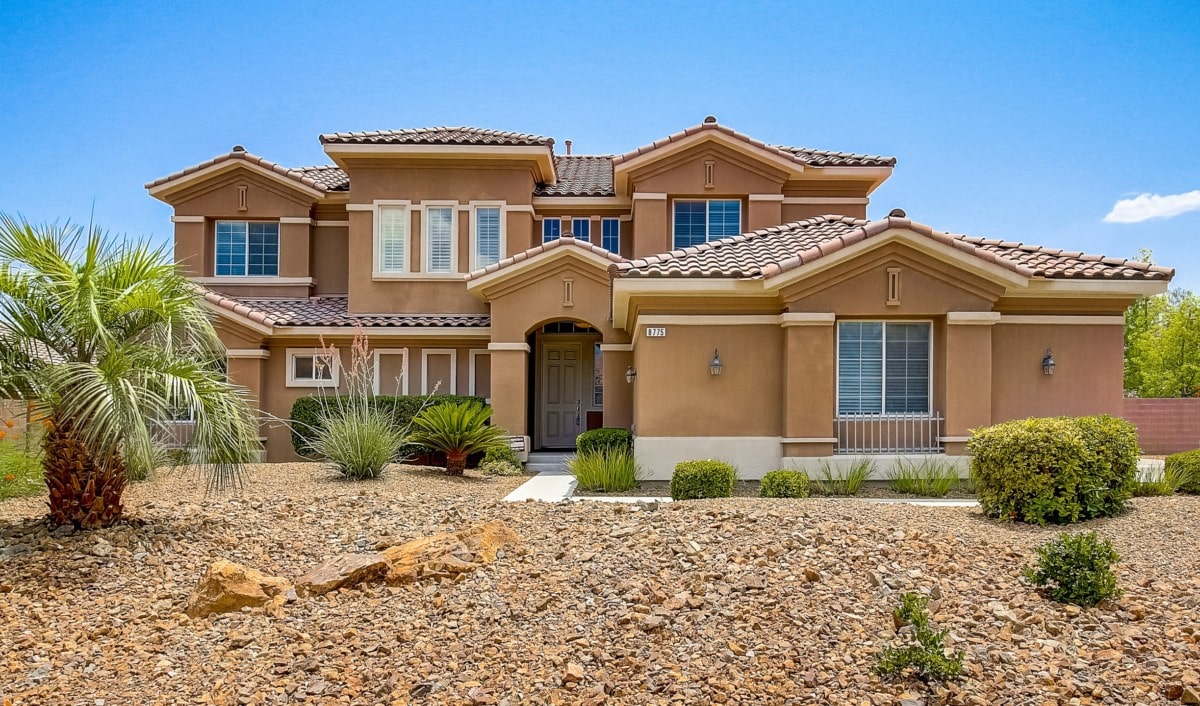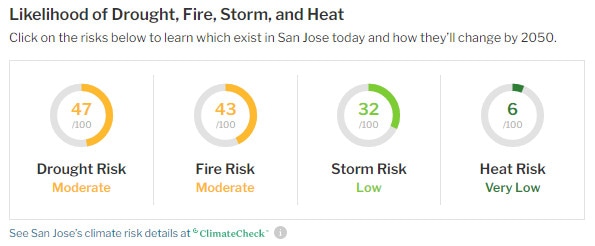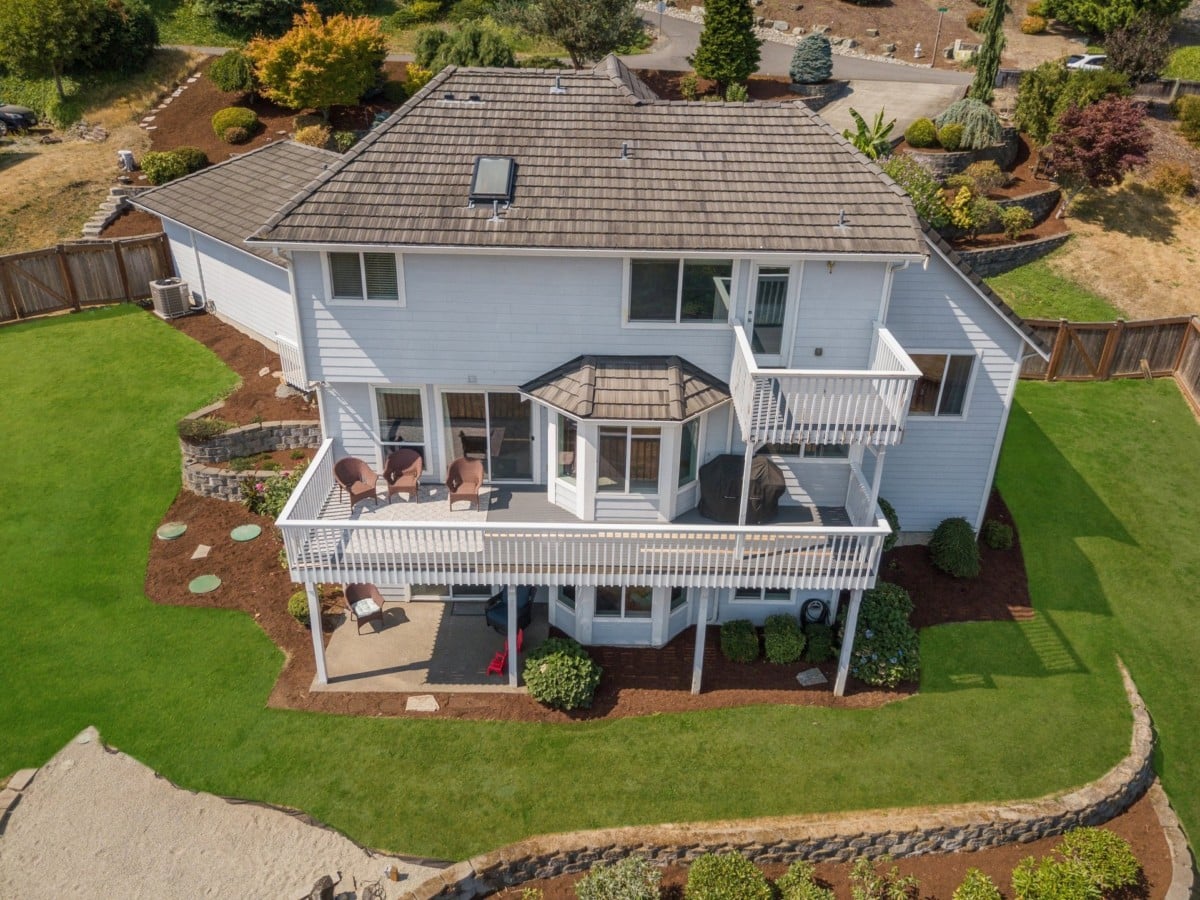Whether you’re a first-time homebuyer or seasoned property owner on the hunt for a new home, you may be familiar with the process of vetting a house for potential issues. Doing your due diligence upfront can help prevent any future surprises, and nowadays it’s essential to be aware of the potential climate risks in the area you’re looking to buy in.
With bouts of dry weather cropping up in cities like San Jose, CA, and Aurora, CO, wildfires and the risks they pose can be worrisome to homebuyers. Fortunately, with the right questions, there are ways to find out your level of wildfire risk before sealing the deal on your dream home. Here are the top 5 questions to ask before buying a home in wildfire territory:
1) Has this home ever burned in a wildfire?
Wildfires can strike an area that has burned before, and even if a home seems far from a wildfire-prone area, a fire can quickly spread from building to building. If the house you’re looking to purchase is in an area that has seen wildfire before, especially if you’re looking to purchase a home in one of the top 10 cities most at risk for fire damage, you’ll want to do your research to determine the level of wildfire risk you may face in the future.
Start by researching the area for past and active fires. The National Interagency Fire Center has mapped out all of the fires from 2007 to 2021. The wildfire risk map shows any active wildfires and how many acres are burning at the onset of each fire. And if you’re a homebuyer in California, a new law requires sellers in designated high fire risk areas to disclose conditions that make the home vulnerable to wildfires, if the home was built before 2010. Check with your local zoning office to see if a building permit was filed for the property. Permits for structural changes can also help determine if the house was rebuilt at any time, but keep in mind that structural changes can occur from factors outside of a wildfire.
2) What is the risk of this neighborhood burning in a wildfire?
When buying a home, it’s important to know what fire zone your house is located in. The highest-risk zones for wildfires are locations where vegetation and homes meet. Older buildings, buildings made of wood, or proximity to flammable vegetation are all factors to consider when determining the wildfire risk of a neighborhood.
The key to buying a home in wildfire territory is to be as prepared as possible. Start by taking the time to make sure that the community is fire safe. Check with your city to see if they have prevention and mitigation procedures in place to prepare homes against the threat of wildfires. Speak with your local fire department, agency, or community group and ask about the fire history of your community, wildfire evacuation plans, drought conditions, and even heat risks. You can also check out your city’s wildfire risk score to see its impact on your neighborhood and surrounding areas. Find this information on Redfin for every city, neighborhood, county and zip code when searching for listings under the housing market insights section. Such as this example from San Jose, CA’s housing market.
3) What could make this home vulnerable to wildfires?
Weather conditions such as drought, extreme heat, high winds, and any surrounding vegetation in the environment can all impact how fast a wildfire spreads. Check if the home has defensible zones around it to reduce the number of fuel sources for a wildfire. Don’t forget that building materials, such as wooden roofs or single-pane windows, can also cause a home to be more susceptible to igniting a fire.
Protecting your home starts with small, manageable steps, and luckily there are many low-cost improvements you can make to fireproof your home from wildfires. You’ll want to start with the roof since it’s the most vulnerable part of your home and work your way down. Clean out your gutters and clear any flammable materials such as dead leaves to prevent the risk of debris from igniting and causing a wildfire.
4) Is this house built with fire resistant materials?
When buying a home in wildfire territory, look to see if there has been wildfire risk reduction work on the house. Since the roof is the most vulnerable part of your home, check to see if the seller disclosed whether fire-resistant building materials such as concrete and clay tiles, metal, slate, or composite shingles were used. If not, you can also consider negotiating for repairs like replacing the old roof with fire-resistant materials as they will give the entire structure a better chance of surviving a fire. Speak to a professional to help determine what materials are best for the roofs in your area. Multi-pane or tempered glass windows will also provide additional protection during a wildfire and reduce the chances of breakage from extreme heat.
5) Will your homeowner’s insurance cover damage from a wildfire?
Typically, your homeowner’s insurance policy will cover damage from fire, including wildfires. For example, if a wildfire damages your house, the policy will include coverage to help repair or rebuild the home and other structures, pay for temporary housing, and replace belongings. The cost and extent of coverage can vary with the wildfire risk in your geographic area.
Check your policy to understand your deductible and specific coverage details for wildfire damage to your dwelling, personal property, other structures, and landscaping such as trees or shrubs. Some insurance companies may increase deductibles, charge higher premiums, cap payouts, or even decline to issue policies for homes in higher-risk areas. Should your insurance company decline to issue coverage for fire damage, you’ll need to purchase a separate wildfire insurance policy.
The post 5 Questions to Ask Before Buying a Home in Wildfire Territory appeared first on Redfin | Real Estate Tips for Home Buying, Selling & More.



